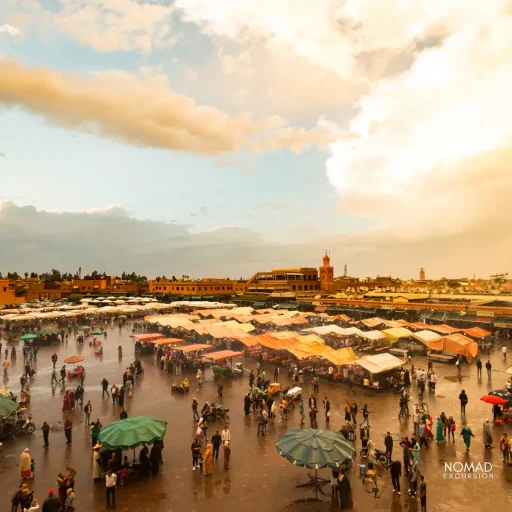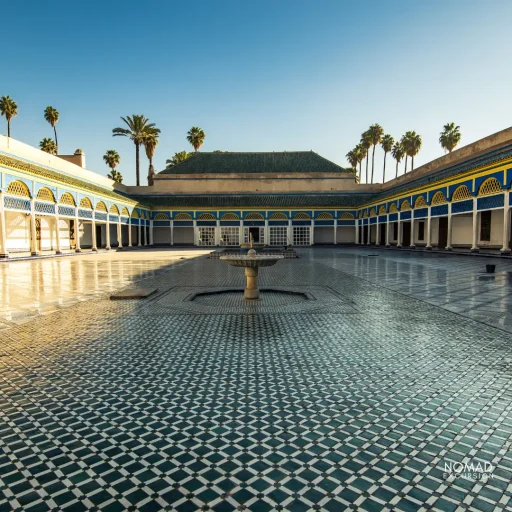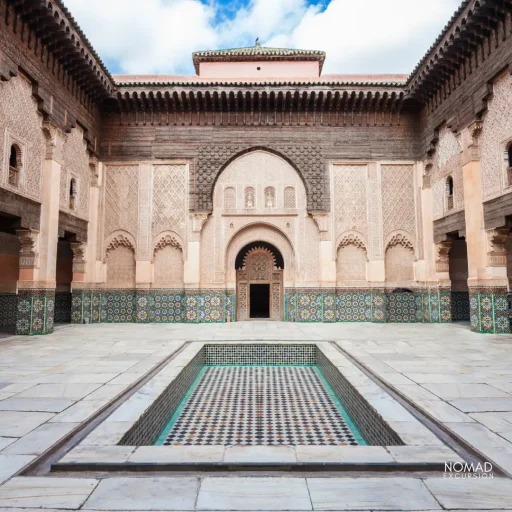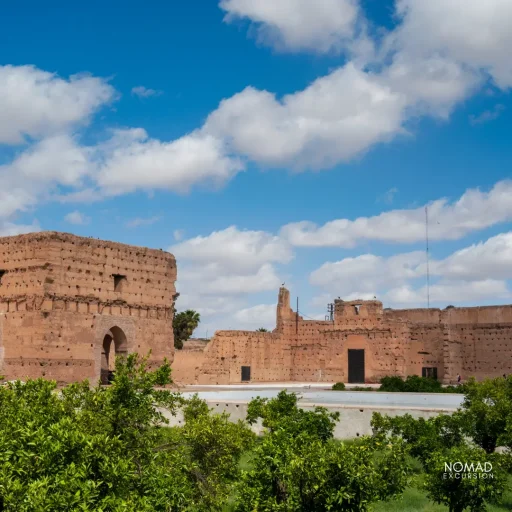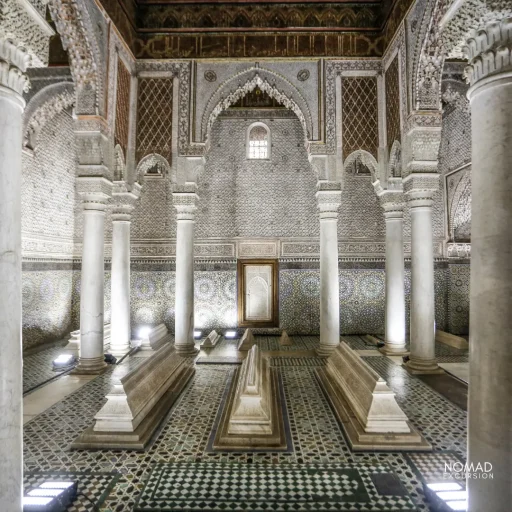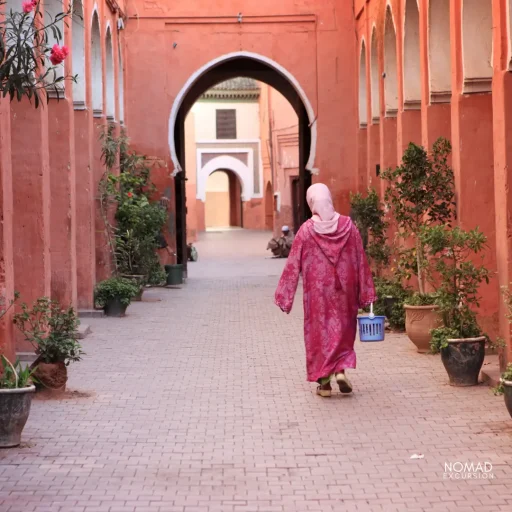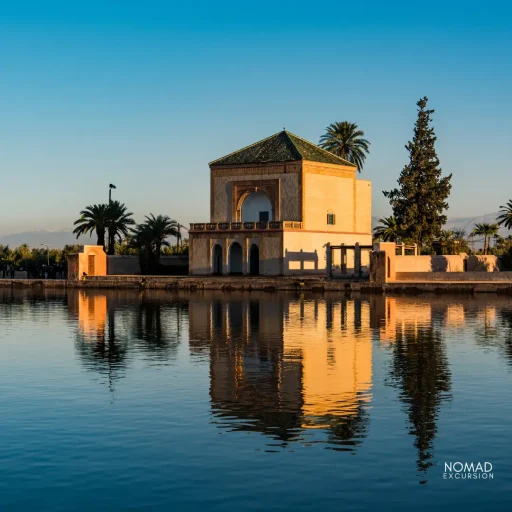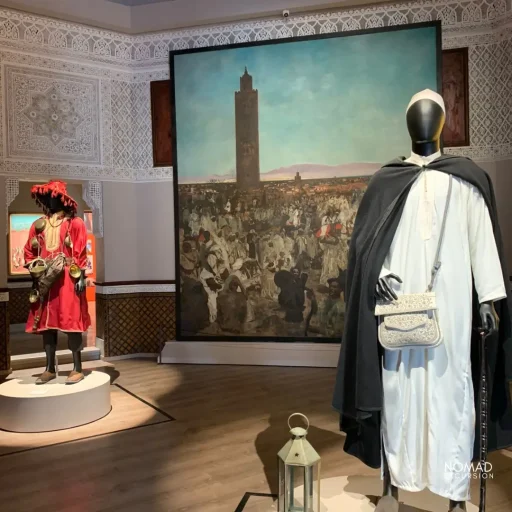Explore the rich history of Dar Si Said Museum in Marrakech, a bastion of Moroccan arts and crafts housed in a 19th-century palace. Discover its collections and role in cultural preservation.
A Legacy of Moroccan Art and Craftsmanship
Dar Si Said Museum, also known as the Museum of Moroccan Arts and Crafts, is one of Marrakech's richest repositories of cultural heritage. This page explores the museum's unique historical context, its establishment, and its ongoing commitment to the preservation of Moroccan crafts.
The Origins of Dar Si Said
Dar Si Said Museum is located in a palace that was originally built in the mid-19th century, commissioned by Si Said B. Moussa, brother to the grand vizier of Marrakech, Bou Ahmed. Originally a residential palace, the building is a prime example of Moroccan architectural ingenuity, featuring intricate woodwork, stunning zellij tilework, and expansive Andalusian-style gardens.
Transformation into a Museum
In the early 20th century, the palace was transformed into a museum by the Moroccan Ministry of Culture to preserve and showcase the vast wealth of Moroccan artisan craftsmanship. The museum officially opened to the public in 1932, focusing on the traditional arts and crafts of the Moroccan people, including wood carving, ceramics, leatherwork, and textiles.
Architectural Significance
The architecture of Dar Si Said itself is a significant part of the museum's exhibit. The palace showcases Moroccan architectural styles with its detailed cedar wood carvings, painted ceilings, and geometrically patterned tiles. These elements not only reflect the craftsmanship of Moroccan artisans but also serve as a backdrop to the items displayed within.
Collections and Exhibitions
Over the years, Dar Si Said has accumulated a vast and varied collection of artifacts that illustrate the skill and artistry of Moroccan craftsmen through the ages. Key highlights include:
- An extensive collection of Berber jewelry which illustrates the social and economic contexts of their time.
- Ceramics and pottery from major Moroccan centers like Fes and Safi, displaying the regional diversity in style and technique.
- Rare pieces of furniture and doors that are fine examples of woodwork from different eras of Moroccan history.
Role in Cultural Preservation
Dar Si Said plays a crucial role in cultural preservation by not only maintaining historical artifacts but also by organizing workshops and cultural events that promote traditional Moroccan crafts. The museum serves as an educational resource for local artisans and visitors alike, facilitating the transfer of knowledge and skills that are essential to keeping Moroccan traditions alive.
Engagement with the Community
The museum not only attracts tourists but also engages with the local community by offering workshops, educational programs, and exhibitions that highlight the importance of Moroccan cultural identity and heritage conservation. These initiatives help to foster a deeper understanding and appreciation of Moroccan arts among both nationals and visitors.
